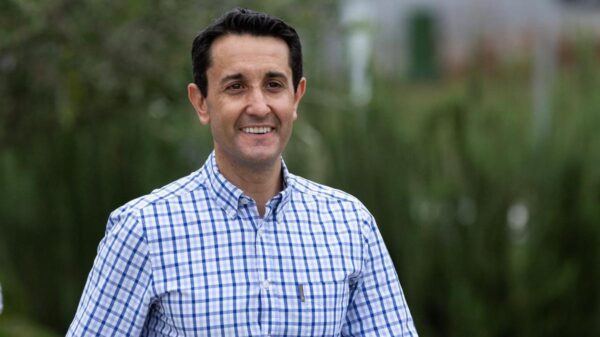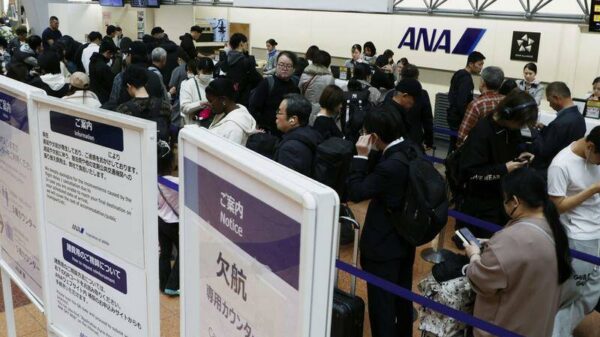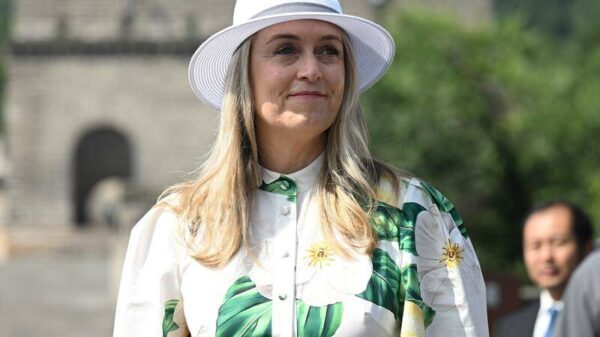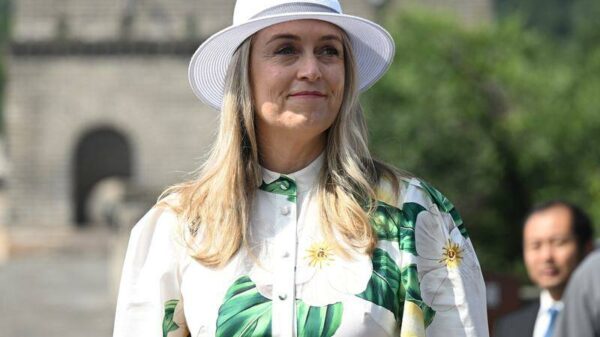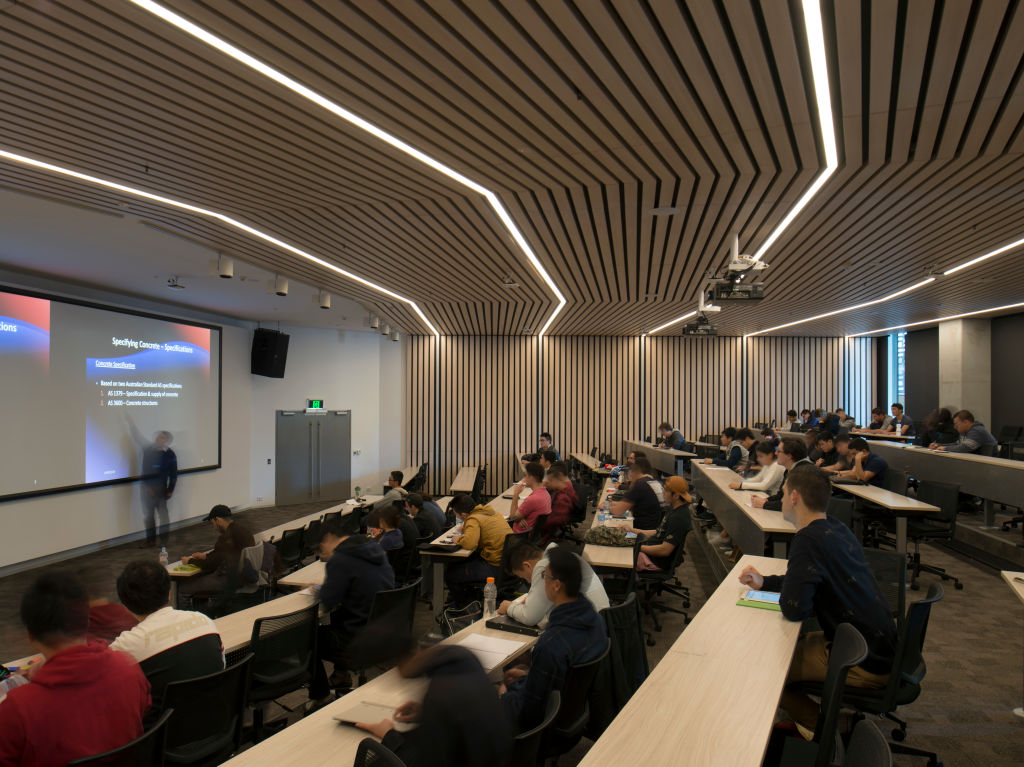International students in Australia are set to face new housing requirements as universities adapt to a changing rental market. The federal government has announced that public universities must demonstrate their commitment to creating additional student accommodation if they wish to increase their international student enrolments for the upcoming academic year. This decision aims to alleviate pressure on the country’s housing market, which has been strained since the reopening of borders in 2022.
Starting in 2026, the government will increase the number of international student places by 25,000, raising the total to 295,000. However, this expansion is contingent upon universities showing that they can adequately house both domestic and international students. The requirement is seen as a necessary measure to help address the ongoing rental crisis affecting many cities across Australia.
Government Response to Housing Shortage
The demand for rental properties has surged, contributing to rising rents and a shortage of available homes. According to the Australian Bureau of Statistics, net overseas migration peaked at over 550,000 in the year leading up to September 2023, further intensifying competition for housing. In response to these challenges, the government is focusing on ensuring that the growth in international education aligns with national housing priorities.
Torie Brown, the executive director of the Student Accommodation Council, welcomed the government’s decision. “Requiring universities to demonstrate their commitment to providing housing for students to grow their enrolments is a sensible and necessary step,” she stated. This move encourages greater collaboration between the higher education sector and student accommodation providers.
While rental price growth has slowed compared to peak levels observed in 2022 and 2023, many areas continue to experience increases. Data from PropTrack indicates that the national median rent rose by 5% in the March 2025 quarter compared to the previous year. Angus Moore, executive manager of economics at REA Group, noted that despite some easing in rental market conditions, the core issue remains a lack of available properties.
Long-term Solutions and Industry Concerns
The federal education minister, Jason Clare, emphasized that the new requirements promote sustainable growth in international education. “This planning level provides the sector with certainty to continue delivering a high-quality educational experience,” he remarked, while also highlighting the importance of addressing national priorities.
Critics, including shadow education minister Jonno Duniam, have raised concerns about the transparency of the government’s planning system for international education. They argue that a comprehensive understanding of international student intake is necessary to avoid negative impacts on the higher education sector. Duniam stated, “The Albanese Government needs to ensure that there are no losers in this process.”
Currently, Australia has an estimated 100,000 purpose-built student accommodation beds, with an additional 35,605 beds in development. The government’s push for more university housing is expected to provide much-needed relief to the rental market, while also accommodating the influx of international students.
As universities prepare to meet these new regulations, the hope is that a collaborative approach will lead to sustainable solutions that benefit both students and the broader community. The ongoing dialogue between educational institutions and housing providers will be crucial in navigating this challenging landscape as Australia continues to attract students from around the globe.

